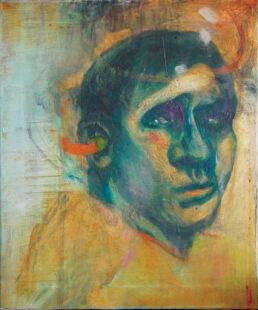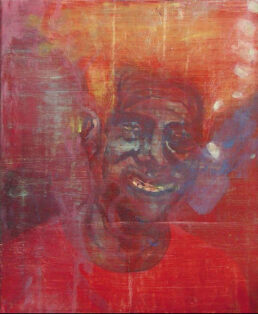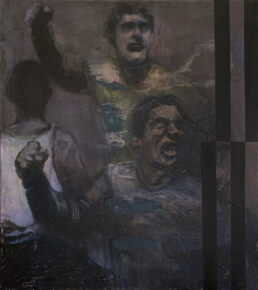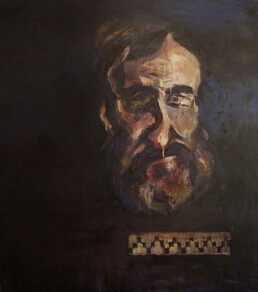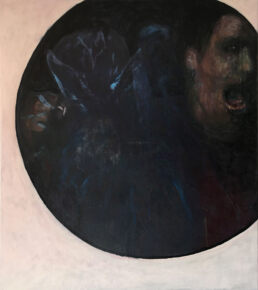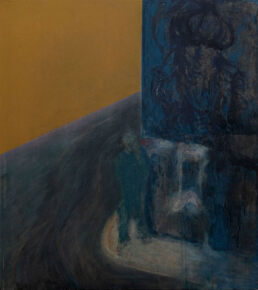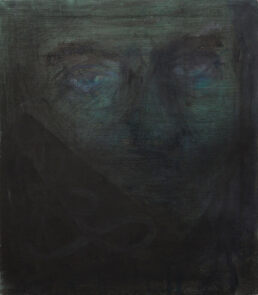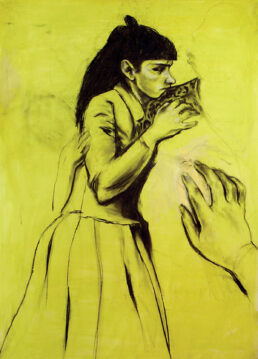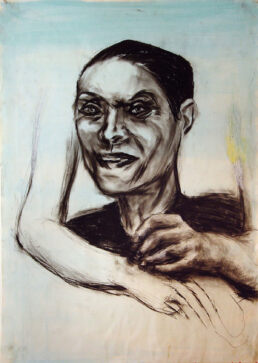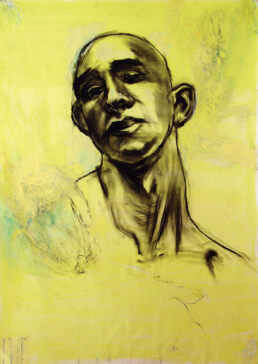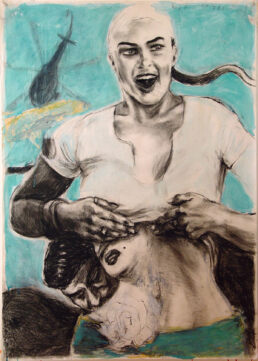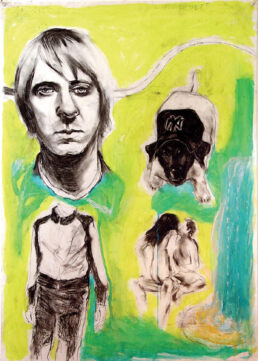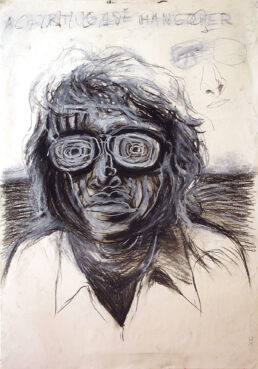I arrived on a bright June morning in the ‘white’ city of Lisboa with only a few bags, an iMac, and some money in my savings account. If I was a millennial, Richard Florida would have written his seminal book “The Rise of the Creative Class” just for me. A new breed of creatives that are mobile and work from anywhere in the world through the newly available digital channels on the Internet. The so-called digital nomads. Unfortunately, I am slightly older. I would say somewhere on the verge of a Generation Xer and a Baby Boomer. Anyway, who cares about being stuffed in a generation box?
Lisbon was a great source of inspiration for me. You can almost feel the presence of poets and writers like Fernando Pessoa, or José Saramago, sitting on a stool next to you in one of the old ‘tascas’ sipping on a glass of very young (Vinho Verde) or very old (Porto) wine. The city has an atmosphere that is truly phenomenal and extremely graphical. The first year I lived in an area called the ‘Barrio Alto’, or the high neighborhood. A maze of little streets on a hill with a plethora of small bars and restaurants left and right. At night these streets fill up with thousands of noisy youngsters looking for fun. A few years later I moved to the ‘Mouraria’ neighborhood, the old Moorish quarter. This was the neighborhood Amalia Rodrigues sang about with that ‘saudade’ in her beautiful warm voice. The area was also known to be a bit seedy and not very safe. Every night when I returned home from work I would leave the metro station at the Martim Moniz square, to discover a striking tableau of people, as plucked straight from a Fellini movie (sometimes from a Tod Browning movie). There they would sit frozen in a colorfully staged screenshot.
In 2003, I packed, stored, or sold all my belongings and moved to Lisbon, Portugal.
Ces images n’ont pas besoin de mots.Ce sont des portraits d’hommes et de femmes peints durant deux ans sous la lumière particulière de cette ville-ci, Lisboa, et les émotions, sensations, projections qu’elle a provoqué chez ce peintre du Nord, de jour, de nuit, au quotidien.Prodigieusement, par effet de transparence, association ou superposition d’idées, par la couleur qui les enveloppe, ces portraits nous semblent familiers…ils rappellent des situations ou des sentiments vécus, des silhouettes et des regards connus, des pensées ébauchées : un livre oublié, la victoire du club, une femme à la TV, un article du journal, la tête de X quand il a bu.Il y apparaît comme l’imbrication de pensées dont nous pourrions deviner le fil, les couches et le remous grâce à ces quelques fragments sauvés du naufrage irréversible de la mémoire exacte : le voisinage, un visage, les couleurs d’une rue ou d’un jardin, l’iconographie ambiante et collective, un sentiment de mouvance générationnelle puissante.C’est toute la force qu’acquiert la vision du peintre quand il est artiste véritable, acceptant de se soumettre à la réalité particulière de la ville aimée :nécessairement inclu à ses espaces habités et ses rites imposés, il cherche, esquisse et compose en les arpentant les axes et les contours d’une géographie culturelle unique autour du Tejo, au 21ème siècle.
Vision claire sous le soleil, sombre ou fragmentée la nuit.
Comme la musique intérieure d’une ballade fredonnée l’après-midi a Estrela, puis bousculée, digérée et enfin revigorée par le beat inlassable des bars du Bairro Alto.
– Pier Dubé 2005
Elderly people laying in cardboard boxes spread out on the little yellow cobble stones, people with physical or mental ailments begging for money, gypsies and dwarfs wrestling on the steps of the metro, junkies and Chinese business men all mixed together into a potpourri of human authenticity.
Related work
Theme IV: The Couple
February 19, 2023
Theme III: Hat Men
December 22, 2023
Theme II: Presences – 2007
February 22, 2009
